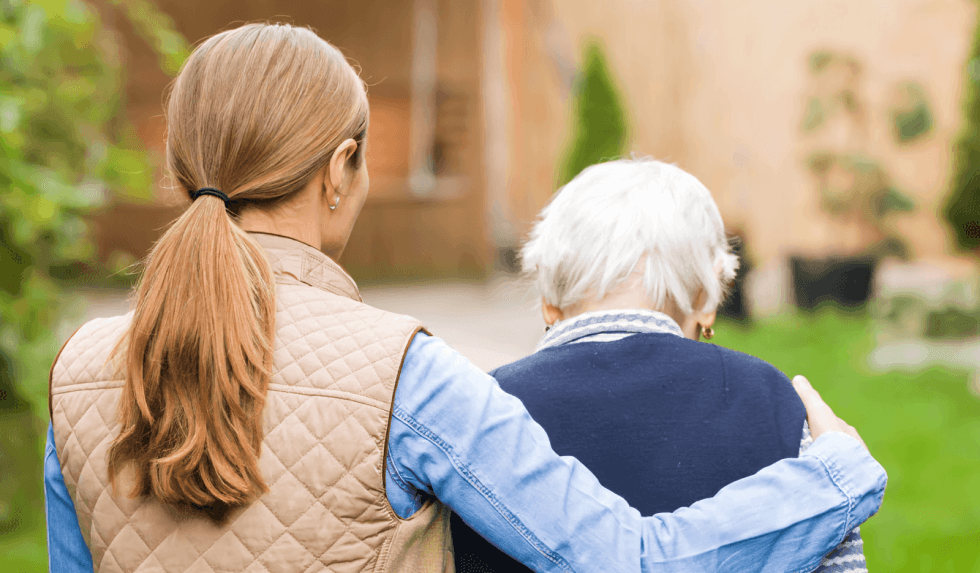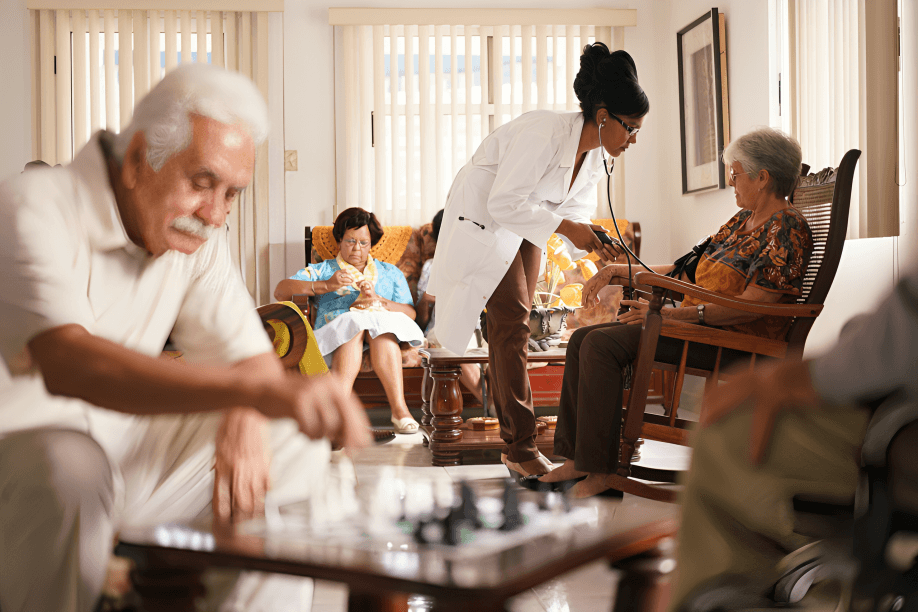
“
Recognizing elder abuse & how to prevent it is crucial for ensuring the safety and dignity of older adults. This abuse can take many forms—physical, emotional, financial, or neglect—and often goes unnoticed due to silence, fear, or lack of awareness. Identifying the warning signs and knowing how to act empowers communities, caregivers, and families to protect aging individuals.1
1
”
Elder abuse includes physical harm, emotional torment, financial exploitation, and deliberate neglect, often by trusted individuals like family members, caregivers, or healthcare professionals. 1
Over 1 in 10 adults over the age of 60 experience some form of elder abuse each year, yet many cases remain unreported due to fear, embarrassment, or dependency on the abuser. 2

Emotional abuse, such as constant criticism, isolation, or verbal assaults, leaves deep psychological scars in older adults, sometimes more lasting than physical injuries or material losses.
Physical abuse in elders may show up as unexplained bruises, burns, broken bones, or frequent hospital visits—often dismissed as accidents unless carefully investigated by trained professionals. 3
Financial abuse, including scams, misuse of funds, or manipulation into changing wills, is one of the most common types of elder abuse and often occurs without the victim’s full understanding. 4
Cognitive impairment, including dementia or Alzheimer’s disease, increases the risk of elder abuse, as individuals may be unable to speak up, remember incidents, or clearly describe what occurred. 5
Social isolation is both a risk factor and a tool used by abusers; isolating elders makes it harder for outsiders to notice signs of mistreatment or intervene. 6
Warning signs of abuse may include sudden changes in behavior, fearfulness, withdrawal, uncharacteristic depression, or anxiety when around specific individuals or in specific environments. 7
Creating safe, respectful caregiving environments starts with education—training caregivers to recognize stress, avoid mistreatment, and seek support reduces the risk of harm to elders. 8

Regular family visits, social engagement, and open conversations about care help ensure elders aren’t left vulnerable to exploitation or neglect from those entrusted with their well-being.
Mandatory reporting laws require professionals such as doctors, nurses, and social workers to report suspected elder abuse, even if they only observe subtle behavioral or physical changes. 9
Elder abuse is often hidden in plain sight; routine home inspections, unexpected visits, and private conversations with elders can help expose mistreatment and provide needed support. 10
Technology like wearable health monitors, security cameras, and scheduled check-ins via apps can help family members keep track of elderly loved ones’ health and safety remotely. 11
Multigenerational living arrangements can both reduce and increase abuse risks—it depends on the level of respect, communication, and balance of caregiving duties within the household. 12
Abuse in long-term care facilities can involve undertrained staff or overwhelmed workers; families should regularly review policies, staff ratios, and feedback from residents to ensure safety. 13

Community-based support programs, including senior centers, elder rights hotlines, and social workers, play a crucial role in detecting and intervening in cases of elder mistreatment.
Legal steps like granting power of attorney to a trusted advocate, setting up financial safeguards, and consulting elder law attorneys help prevent fraud and ensure responsible decision-making. 14
Caregiver stress and lack of support are major factors in abuse cases; giving caregivers mental health help, rest breaks, and appreciation can reduce tension and lower risk of harm. 15
Advocating for elders in medical appointments, legal affairs, and everyday matters not only protects them but also affirms their autonomy and prevents coercion or misrepresentation by others. 16
Philosopher Simone de Beauvoir argued that how we treat the elderly reflects our society’s soul—by recognizing elder abuse & how to prevent it, we commit to justice, dignity, and compassion. 17


